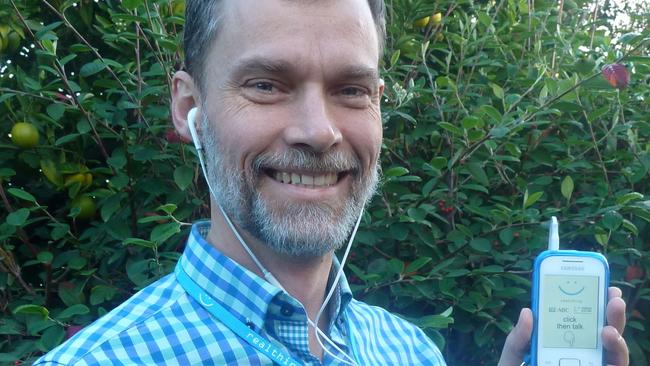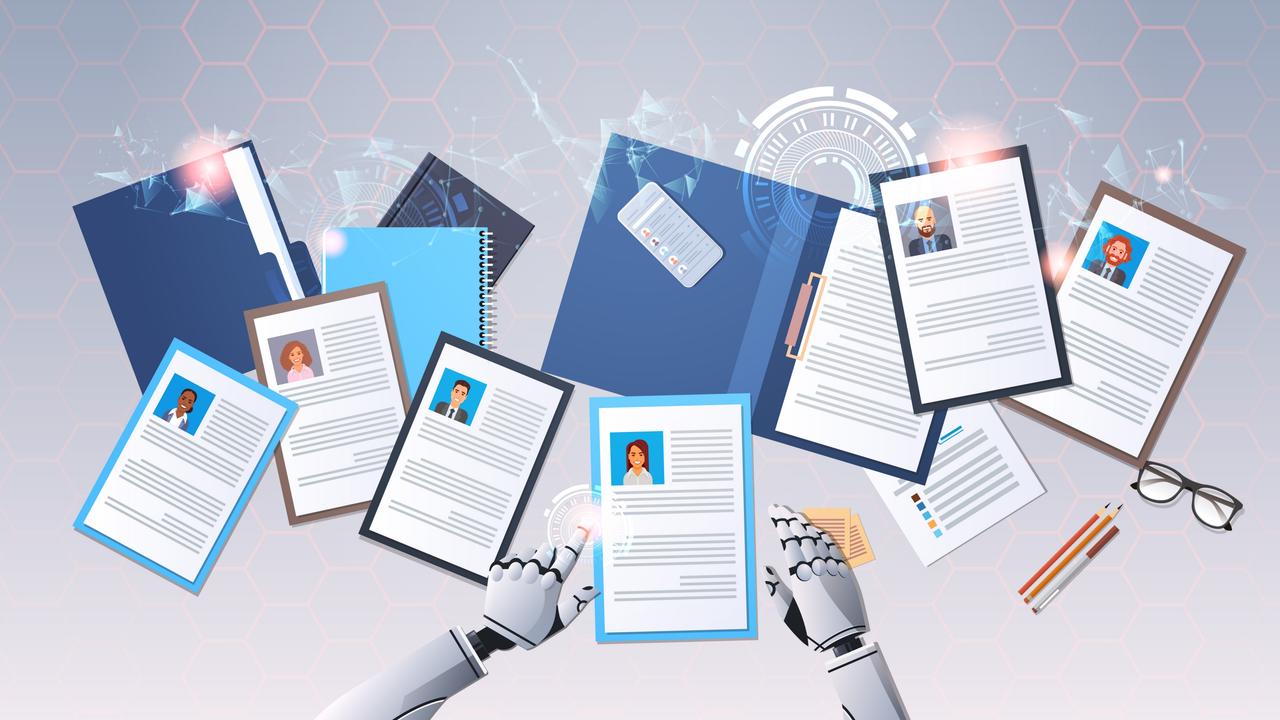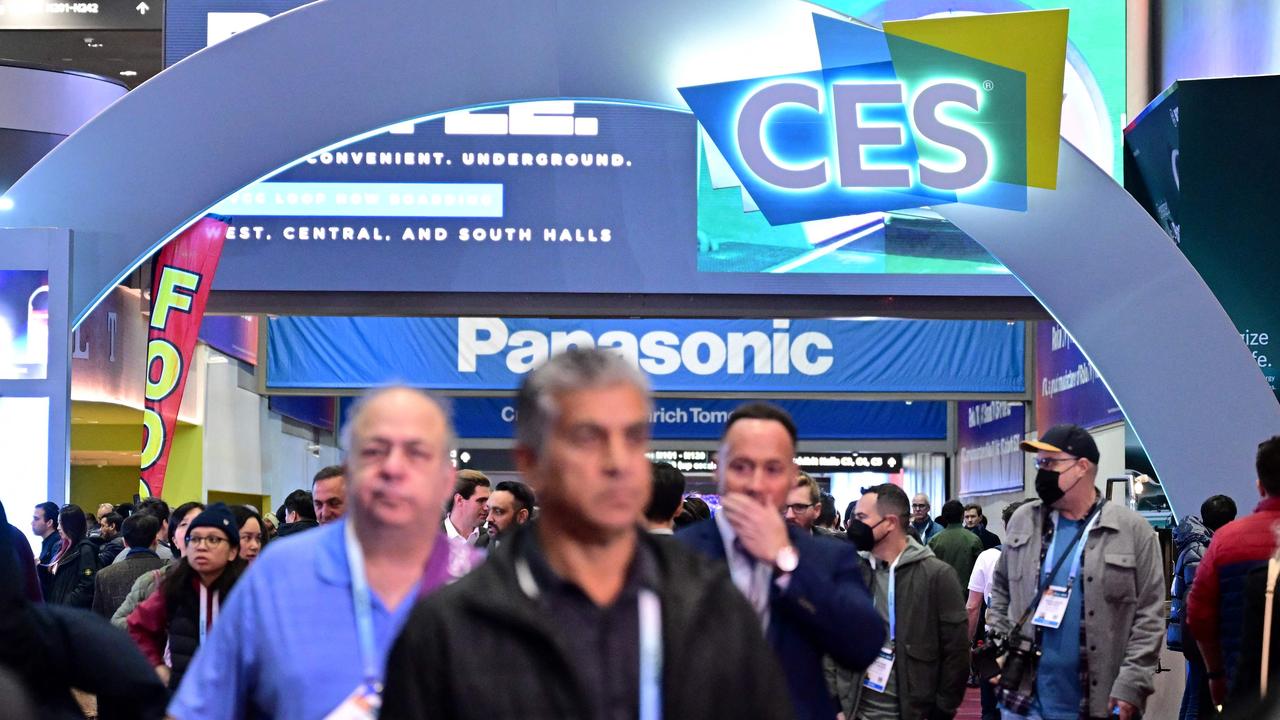Newspaper access made simple
AROUND 40 blind and low vision people have been trialling a Samsung smartphone that can read aloud news feeds.

VISUALLY impaired people have often been forgotten in the race for digital supremacy but a locally developed system could reverse that trend by putting a virtual newsreader in the palm of their hands.
About 40 blind people and those with poor vision have been trialling a locked down, repurposed Samsung smartphone that can read aloud news feeds from the ABC, The New Daily and The Conversation.
In addition members of Vision Australia’s library service can freely access all Fairfax newspapers, including The Age, The Australian Financial Review and The Sydney Morning Herald.
All News Corp Australia newspapers will be added to the list by the end of the month. This includes The Australian, The Herald Sun, The Daily Telegraph, and The Courier -Mail.
Around 300 regional papers from Fairfax and News Corp will be available upon request.
The Google Android device is dubbed RealSAM (simple accessible media) and developed by Melbourne outfit Real Thing.
It is slightly larger than a business card and equipped with voice recognition technology that powers the news-reading capability.
The phone has a large button that users click once to speak into. Say “read ABC’’ and they will be presented with the total number of news articles and the first five headlines and when they were published.
People can then select a headline or move to the next page.
Real Thing has built in several commands to help people navigate within stories, such as “start again” or “repeat” to replay the current article from the beginning, Real Thing chief executive Nick Howden said.
“Jump forward five” or “jump back two” will move back or forth by that many sentences (or minutes if listening to a podcast).
“Find articles about the Kookaburras” would provide a range of stories on the men’s hockey team’s championship win hockey World Cup in The Netherlands.
The device is also a virtual assistant as it can provide location, weather forecast and time when users ask “where am I’’, “what is the weather in Perth’’ or “what is the time in Barcelona’’.
It covers more than 1000 podcast programs from ABC radio stations, BBC Radio, Canada’s CBC Radio and NPR Radio from the US.
TED Talks podcasts are also available on the device.
Users can ask for the “user guide” at any point to access 29 articles on usage of RealSAM, Mr Howden said.
He said he wanted to create a simple yet mobile way for the visually impaired and those with a medical illness such as Parkinson’s disease or a disability such as severe dyslexia to access news and other content.
The usual features on a smartphone such as web browsing have been disabled.
Content is kept updated as the smartphone has a 3G connection, powered by jeenee mobile that runs on the Optus network.
Mr Howden said the variety of newspapers and podcasts were expanding, with new content being made available on a regular basis.
A GPS navigation feature that provides directions as you walk is under trial and should be available in three to six months, he said.
Support for audio books and e-books is slated before the end of the year, he added.
Mr Howden said there were a few differentiating factors between RealSAM and other dialogue engines such as Siri.
“You can say ‘go back’ to step back multiple times through the dialogue that you have been having with RealSAM, in case you misspoke or if you just want to get back to an article you were reading previously.
“You can interrupt the reading of a list of headlines to select the item that is currently being announced.
“You can have an aside, such as saying ‘call me Fran’, or ‘speak faster’, and then seamlessly resume the previous dialogue (eg by saying ‘continue’ or making a selection),” Mr Howden said.
He said that a lot of blindness and low vision issues are age-related, and asking the older generation to simply “jump on the computer, get a screen reader and read what’s on the web” was a difficult task for many.
He said many trial members had vision in their younger days but either couldn’t work a computer or had to rely on a relative or friend to read them the newspaper.
“We’re dealing with older people who are not particularly tech savvy and they’ve lost their sight and are not able to use a lot of the assistive technologies that exist.
“Most struggle just to use a computer in the first place and when you’re blind, it’s even more difficult,” Mr Howden said.
RealSAM costs $299 and a monthly subscription for 3G starts at $29. He said most reading devices in the disability sector were priced above $1000.
Real Thing has been funded by its founders and shareholders since inception about five years ago, as well as investment from a small angel fund.
There are currently six key shareholders, all of whom actively participate in the business.
At the end of 2013, Real Thing won a (now defunct) Commercialisation Australia grant for the proof of concept of RealSAM, which Mr Howden said was “a huge boost in getting us to commercialisation”.


